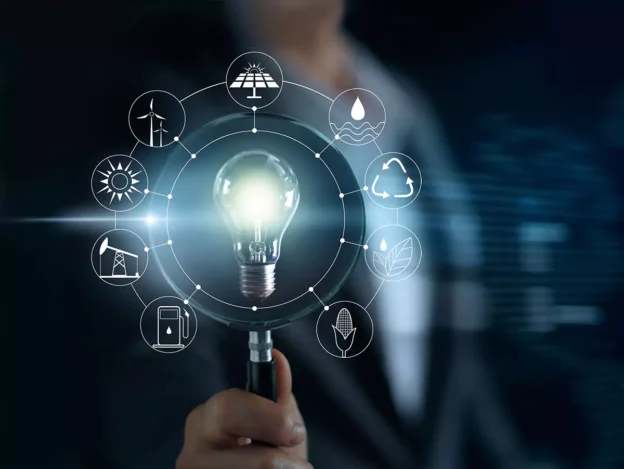Introduction: In the realm of modern infrastructure, leveraging technology tools to enable informed decisions in operations and maintenance services has become imperative for creating smarter, more efficient buildings. Adapting and upgrading systems and applications in line with evolving needs is pivotal in the journey toward a truly smart building. The ongoing evolution of Industry 4.0 presents a myriad of opportunities and solutions that cater to occupants’ needs while optimizing costs.
Areas of Interest: The scope of technology applications in smart buildings has expanded, encompassing various domains crucial for environmental sustainability, spatial management, and enhancing end-users comfort. Large office properties today offer a range of amenities, including conference halls, sports centres, swimming pools, gyms, and smart working desks. Technological applications span multiple systems and sub-systems, such as Security, Surveillance, Fire Alarm and Suppression, Mechanical, Plumbing, HVAC, and Lighting. Intelligent monitoring, interactive analytics, and control mechanisms play a pivotal role in ensuring the structural integrity of the building, efficient Energy and Water Management, and fine-tuning Indoor Environmental Controls encompassing Air Quality, Lighting, Temperature, Humidity, Space Management, Footfall Management, and Waste Management.
Application Context: In the present scenario, environmental sustainability stands as the cornerstone of the design, construction, and operations and maintenance lifecycle of physical properties. Key Performance Indicators (KPIs) for operations teams are aligned with sustainability principles, urging stakeholders to deploy technology tools efficiently for cost-effective solutions. The evolution of Industry 4.0 facilitates the retrofitting of conventional systems and sub-systems with smart sensors and controllers. The selection of Industrial Internet of Things (IIoT) devices is guided by considerations of IoT/IP-based protocols, interoperability, and open architectures to seamlessly integrate field sensors and systems from diverse manufacturers and service providers. Addressing latency, energy efficiency, real-time user data needs, data repositories, users’ and asset data security, privacy, and associated costs are pivotal elements in this technological evolution.
Risk Assessment: Security and data privacy concerns in physical sensors, controllers, gateways, software, and carrier mediums rank among the foremost criteria for technology selection. Diligent evaluation of intrinsic security concerns is crucial for effective risk mitigation and acknowledging residual risks. Assessing gateway vulnerabilities, limited power backups, application complexity, device mobility, environmental protection of field devices, and compliance with end-to-end governing standards and architecture for carrier mediums, software, and system controls requires careful consideration of associated costs and sustainability. Implementing identity management, encryption, and authentication measures across technology layers, from field devices to data acquisition, networking, aggregation, analysis, and applications, becomes paramount in fortifying security protocols.

